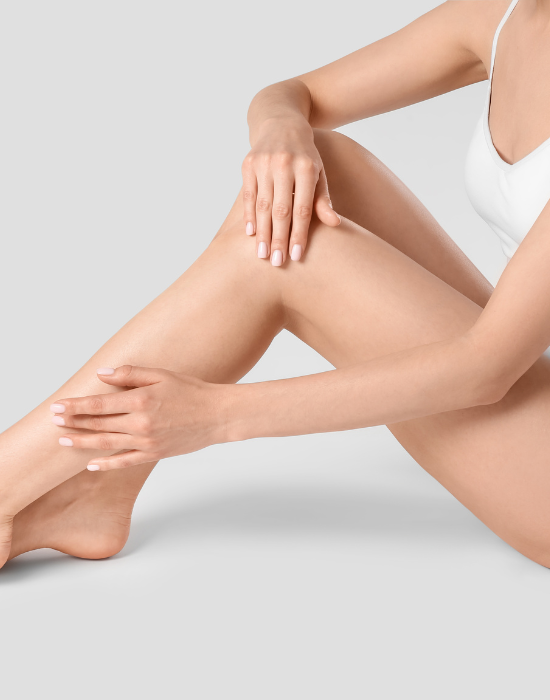Understanding Unwanted Hair
Unwanted hair is a common concern that affects people of all ages and genders. Whether it appears as unwanted facial hair, body hair, or fine hair in places you’d rather not see it, excessive or stubborn hair growth can be frustrating to manage. It can interfere with personal grooming routines, lead to skin irritation from frequent shaving or waxing, and affect self-confidence in social or professional settings. Consistent removal can also interrupt routines, quickly becoming a hassle for individuals with busy lifestyles.
Potential Causes
- Hormonal changes: Fluctuations in sex hormones can trigger unwanted hair growth on the upper lip, lower abdomen, and a woman’s face.
- Polycystic ovary syndrome (PCOS): Polycystic ovarian syndrome is a common hormonal disorder that can cause excessive hair growth due to elevated androgen levels.
- Congenital adrenal hyperplasia: A genetic condition affecting the adrenal glands that disrupts hormone levels, often resulting in developing hirsutism and increased hair growth.
- Medications: Certain drugs, such as birth control pills, steroids, or hormone treatments, may lead to unwanted hair as a side effect.
- Weight changes: Losing weight or rapid weight gain can disrupt hormone balance, contributing to unwanted hair in some individuals.
- Genetics and skin type: A family history of excess hair or natural differences in hair follicles, hair color, and skin may make some people more prone to unwanted hair growth.
Who is Affected by Unwanted Hair?
Unwanted hair affects real people of any gender, ethnicity, or age. Those with dark hair and light skin typically respond best to laser hair removal, though technology like Diolaze makes it possible to treat a wide range of hair, including light colored hair and even red hair, depending on the treatment area and skin type.
Hair Removal Methods
We offer safe, effective, and long-lasting hair removal solutions designed to address unwanted hair at the literal root:
Diolaze
Diolaze is a cutting-edge laser designed to remove unwanted hair by targeting the hair follicles beneath the skin’s surface using safe, focused energy. This powerful laser effectively slows or stops hair growth, helping to permanently remove hair over the course of several sessions.
The process is generally safe, though minor pain, temporary redness, or skin reaction at the treatment area can occur. Over time, treated areas experience significantly less hair growth, and many patients enjoy permanent hair removal after completing a series of treatments.
Where to Get Started
Your aesthetic journey begins when you schedule a personalized consultation at Thrive Wellness and Aesthetics. We’ll review your medical history, skin type, hormone levels, and concerns to determine the best treatment options for your unwanted hair. Our team is committed to helping you achieve smoother skin, renewed confidence, and fewer hours spent battling excess hair at home.
How many laser hair removal sessions will I need?
Is laser hair removal permanent?
What causes unwanted hair growth?
How can I remove unwanted hair growth?
Can unwanted hair be removed from any part of the body?
Are there risks to hair removal methods?
Can unwanted hair be prevented?
Can unwanted hair be a sign of a serious medical condition?
Can lifestyle changes help reduce unwanted hair?
What areas can be treated with laser hair removal?
Dana Protomastro, AGPCNP-BC, is a certified primary care nurse practitioner who is a proven leader in the medical community. She has over 25 years of experience delivering exceptional care with a holistic approach in perioperative care, plastic surgery, and aesthetic medicine.
Dana has introduced cutting-edge, non-invasive technologies into her practice as wellness-based alternatives to surgical procedures. She works closely with men and women of all ages to determine the best treatment method for their individual needs. Some of her specialties include laser treatments, micro needling, Botox, fillers and the integration of skincare products.





 Explore Our
Explore Our